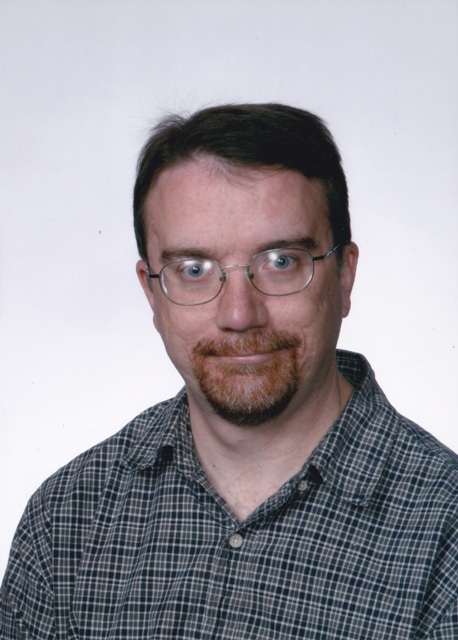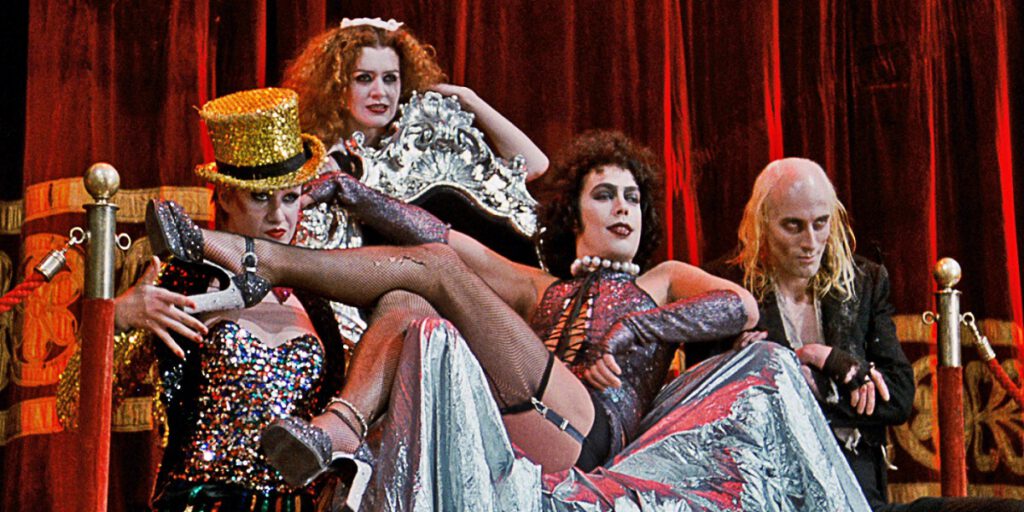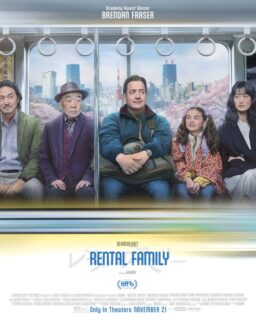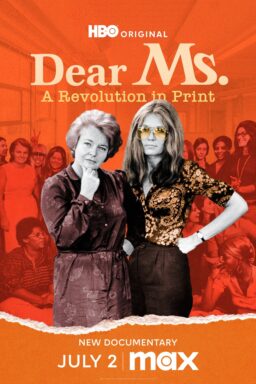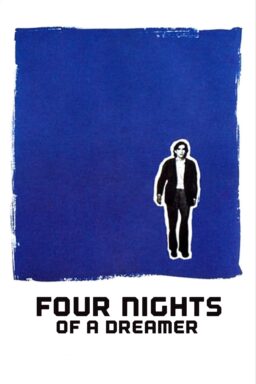It’s a Saturday night in January 1997 at the Mundelein Theater and we’re all saying goodbye.
Our movie theater where we had been performing “The Rocky Horror Picture Show” for the past several years would soon close. I had been performing with them since early ‘95 and I had been through this type of farewell party before in other “Rocky Horror” casts. This felt different, though, because we actually ran this place. For a year, the Mundelein Cinema was ours to run and to program. This unassuming, second-run, single-screen dive became our home away from home when a friend of ours purchased it. Our shadow cast was made up of many “Rocky Horror” historians and perfectionists, evident (if I do say so myself) in our costumes, sets and stagecraft. We even made a cast record and sold copies using the proceeds for AIDS research. Every Saturday night, we all had a party to go to where we knew everyone and entertained a devoted audience, week after week.
Sadly, the theater couldn’t sustain itself anymore. We had dozens of pre-show entertainment items for the occasion. The film itself didn’t start until around 2:00am. By 3:45am, after we took our final bow in front of our audience, everyone burst into tears. Many had talked about taking the show to another theater in Des Plaines, and they did, but I knew my time with “Rocky Horror” was at an end. I wanted to go out on a positive note. I made some great friends. I managed to avoid the many variations of “Rocky drama.” I went to a party one night and stayed for a few years. I had been doing it, on and off and at different theaters, since 1990. It was time.
Since then, I have often been curious to see how this movie has managed to maintain its popularity as a midnight show over the decades and if anything has changed since I last took to the stage 25 years ago. Do people still throw toast and toilet paper? Are squirt guns still used during the rain scene? I’ve been curious about the callbacks and what the attitude has been, whether or not everyone still calls Janet Weiss (Susan Sarandon) a “slut” or if any of the other lewd remarks have stood the test of time. In this era where every word or expression gets put under a microscope, how does “Rocky Horror” manage to maintain its spirit and audience? The only way to know would be to attend a midnight show, which I did, at the Music Box Theater in Chicago.
I had hoped the experience of walking into a “Rocky Horror” theater after 25 years would directly connect to my past somehow and I was not disappointed. My old friend, Gene Chiovari, famed “Rocky Horror” MC, expert and one of the great Frank n’ Furters, was still a regular attendee. This did not and should not surprise me.

Gene and I caught up and reminisced about our pranks on the audience during the opening ceremonies every week at Mundelein, how the “Rocky Horror” experience has changed over the years, and how every home video release continues to dilute the Hammer horror look of the film (so carefully chosen by cinematographer Peter Suschitzky) by completely changing the color palette. The Music Box shows “Rocky Horror” in 35mm, of course, but Gene informed me that it’s the 15th Anniversary print, in which the original song recordings are dubbed over by the album version of the songs. I guess all those original prints that I had seen in the ‘80s and ‘90s had to deteriorate eventually.
“Rocky Horror” is nothing without a great shadow cast and Music Box’s Midnight Madness crew, who were celebrating their 37th year in existence as a cast, definitely have the right spirit. The walk-in entertainment consisted of music videos from the early ‘80s and got the sold-out crowd excited and straight into an infectious midnight party atmosphere, for which I was along for the ride. The opening announcements warned the audience (mostly college kids) that delicate sensibilities have no real place here and that the easily offended should probably leave now. Gene told me that the atmosphere in the Indiana shows have been more geared toward offending than other shows. That’s the thing to remember: the movie is always the same, but every “Rocky Horror” is different.
Anyone who has attended a midnight show knows that part of the appeal is the encouraged practice of shouting out anything obscene, offensive, or silly during the film if you think it’ll get a laugh. While it’s perfectly fine to still call Brad Majors (Barry Bostwick) as “asshole” every time he is introduced, what about still calling Janet Wiess (Susan Sarandon) a “slut,” now that terms such as “slut-shaming” have become part of the vernacular? Or casually throwing the word “bitch” around to every female character? Even the word “transvestite,” used in what many consider the film’s best song and best scene (Tim Curry’s electric introduction as Dr. Frank N. Furter, the “Sweet Transvestite”), is not a commonly used term anymore. The midnight rituals for “Rocky Horror” came of age in the late ‘70s/early ‘80s when city dwellers of all walks of life were less filtered in their speech. How does “Rocky Horror” work in 2022 when we’re all so delicate with our words and mannerisms?

Of course, the correct answer is that it’s not about the words, but the attitude when using them. Calling Janet a “slut” remains a regular practice, but it’s not a personal attack, so much as it has always been a reaction against the Eisenhower-era construct of the perfect, prudish couple and a cathartic way of taking down that wholesome image of Americana, exactly how author Richard O’Brien wrote her, and not in a mean-spirited way. As for other terminology and attitudes in the film, I find myself repeating something I often say after I sit with an audience who, for example, show up to the original “West Side Story” and chuckle loudly with a sense of superiority at some of the cornier moments. It’s not up to the film to adapt to you in 2022. You have to adapt to the film you are watching and when it was made. If you can’t do that, you probably shouldn’t be here.
“Rocky Horror” has always been a great way to let off steam after a brutal work week and part of the fun of playing in a “Rocky Horror” shadow cast has been to enhance and reinterpret the character you’re playing. I have played every character at least once and some are more fun than others, but the Midnight Madness cast appeared to be all-in on their chosen roles. Rather than try to perfectly mimic the film (which was what my cast did in Mundelein), their show was more about the joy of being the character in a way that works best for them as individuals. There’s no right or wrong way to do this and the audience of 700 attendees encouraged and applauded every cast member entrance and treated the performers as equals to the film.
So, it turns out, I was probably over-thinking a lot as I walked in that night. “Rocky Horror” remains the King of the Cult Films because, to this day, it still fosters acceptance and encourages individuality all within a party-like atmosphere. Many young people still need that. The film’s mantra “Don’t Dream It, Be It” continues to resonate with every new generation and the songs and performances remain good fun. Throwing stuff like toilet paper, paper plates, sponges, and playing cards while wearing party hats and shooting off streams of confetti can make you feel young again. Why would anyone deny themselves of this experience? (By the way, you can buy kits of this stuff at the theater. No need to go grocery shopping.)
Over the last couple decades, I found myself often trying to deny my own experiences of “Rocky Horror,” of being in my late teens and mid-twenties by shrugging off this period of my life as a kind of wasted time. There are many factors at play there, too much to get into here, but reliving this experience as I’m about to turn 50 turned out to be the right time to open the photo albums again and take a second look. It always felt like something I should try to hide since I have a completely different life now. If you’re around my age and had “Rocky Horror” in your past, it’s understandable to feel a little cringey when thinking back on it, but I would encourage you to take another look and to revisit it at least once more.

By and large, “Rocky Horror” hasn’t changed much. Not really. Hearing Gene Chiovari finish off the opening announcements at the Music Box that night brought me back to a time and place in my life where I felt careless and free, a double-edged sword to be sure. Gene hadn’t changed the script much in 25 years. He didn’t have to. Although he looked radically different from when I last saw him, his hilarious, fire-and-brimstone preacher-like enthusiasm got the crowd on their feet, to be loud and ready for anything, as he had always done. Despite the aforementioned music videos that play before the film to set the mood, “Rocky Horror” didn’t feel like a nostalgia trip; this is still in people’s hearts as much as it ever has been. Gene went to the party and never left, and why should he?
Without that personal connection, though, perhaps I would have had a different, less fulfilling experience. That’s what I always come back to. The long-lasting friendships and second families that form from being in “Rocky Horror” becomes the big take-away, not the audience attention, the frivolity or the costumes. That so much can come from this silly, scrappy lark of a film, made without ego or huge ambitions, remains an unequaled feat and everyone who has helped carry on the tradition should be proud to have been a part of it. Not only did it provide refuge for many freaks, weirdos and misfits like myself over the decades, the popularity of the midnight shows helped save countless independently owned movie theaters from closing up. “‘Rocky’ pays rent” has always been a mantra for struggling movie houses.
We certainly said it at Mundelein Cinema many times, up until our last day there, when we put our arms around each other one last time while Vera Lynn’s “We’ll Meet Again” played over the speakers, a song I programmed for the occasion. I may have left the party, but it’s nice to know the party still goes on for any Unconventional Conventionist who wants, or needs, to join.
Be sure to also read “Eerie Visions of Donald Trump in 1981’s ‘Shock Treatment’”
